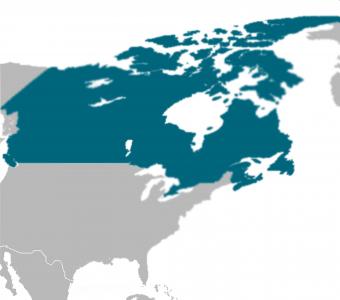Canada
Recent Activity
MPI's symposium on citizenship examined immigrant civic and political participation, the notion of local voting rights for noncitizens, the concept and practice of dual citizenship, and the role of citizenship in immigrant integration.
Circular migration means a continuing, long-term pattern of international mobility. The European Union set up two pilot programs in 2008 that seek to facilitate this type of movement.
Gloomy economic forecasts do not seem to have slowed the hunt for highly skilled migrants or foreign students — the best near-term solution to fill shortages and enhance competitiveness.
This report explores the need for nations to adjust their thinking and policy toward attracting the coveted elite class of highly skilled global talent as emerging and middle-income countries increasingly attempt to woo back their nationals and engage their diaspora to help move their economy forward.
This report examines the advantages and disadvantages of two fundamentally different approaches to economic migrant selection—demand driven and employer led systems and human-capital-accumulation focused and government led systems, best illustrated by “points systems,” which apportion numerical values to desirable human-capital characteristics.
This report provides a global look at circular migration experiences, depicts various governments’ attempts at creating circular migration, evaluates the economic costs and benefits of circular migration for sending and receiving countries, identifies components of effective bilateral agreements, and reviews outcomes governments might realistically expect from their circular migration policies.
This brief takes a look at hometown associations (HTAs)—immigrant organizations based on a common hometown—and their often overlooked function as integration intermediaries in their country of destination.








Canada's New Tech Talent Strategy Takes Aim at High-Skilled Immigrants in the United States
Canada’s Tech Talent Strategy is highly unusual for its explicit targeting of visa holders in another country. Opening a dedicated stream specifically for high-skilled immigrants in the United States who hold an H-1B visa is the latest salvo in a growing global competition for talent—one in which some countries are racing ahead of the United States in terms of policy dynamism, as this commentary explores.